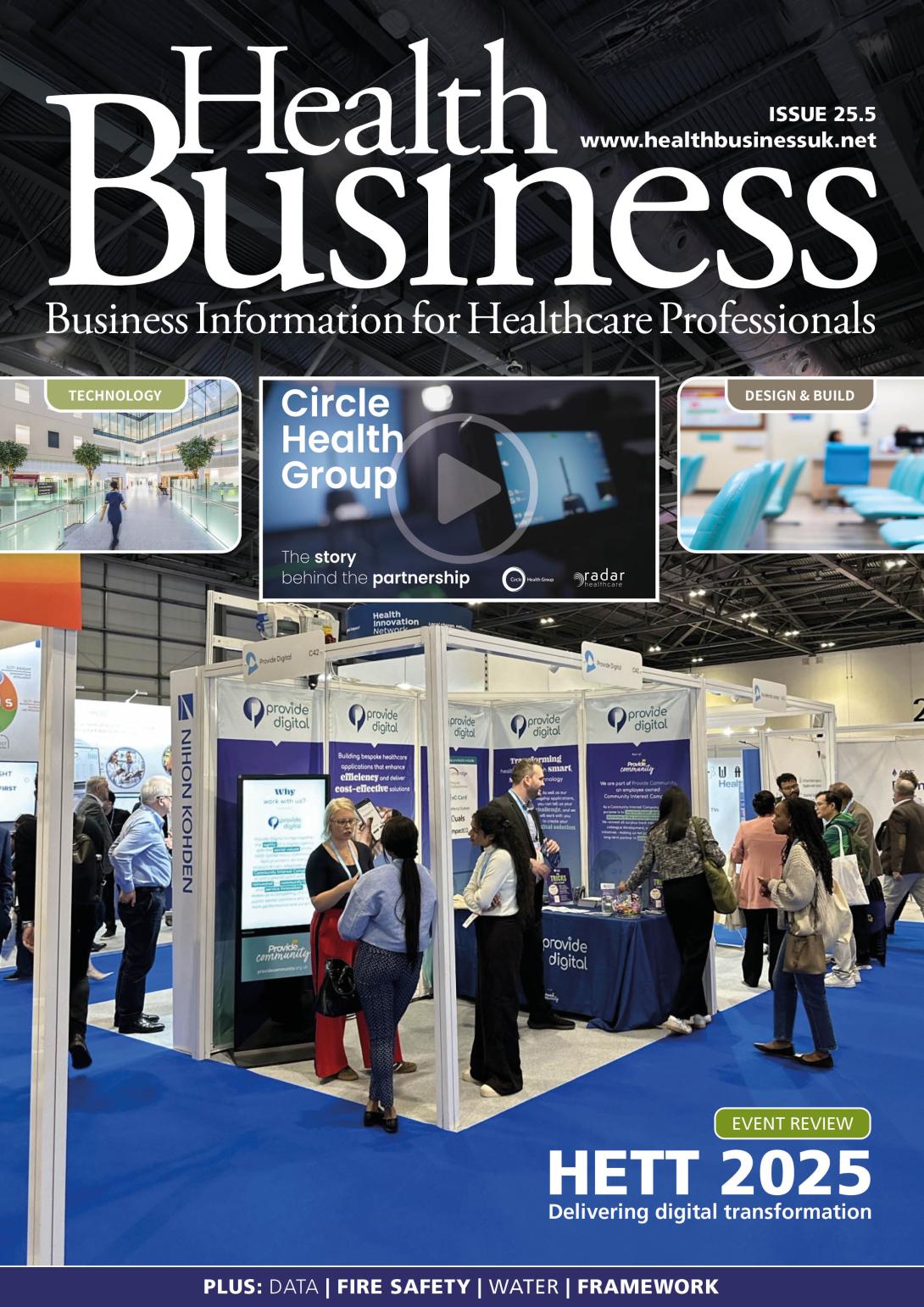According to figures from NHS England, the NHS waiting list fell in December for the third month in a row.
However, A&E and ambulance services saw their busiest January ever.
The figures show that that the overall Covid backlog fell by more than 6,200 in December for the third consecutive month and is now down by 164,898 since September. However, the waiting lists still stands at 7.6 million.
Monthly performance statistics have shown that the proportion of people waiting over a year for elective care is the lowest it has been since November 2020, at 4.4 per cent of the entire waiting list.
January saw the longest period of industrial action in NHS history, with six days of strikes by junior doctors.
Weekly data shows that flu is at its highest point this winter, with an average of 2,478 patients in hospital each day with flu last week, including 106 in critical care – up almost 160% from 961 in the same week last year. There is also an average of 568 patients a day with norovirus and 3,563 patients with Covid.
Last month, there were 2.23 million A&E attendances (a January record) and more than a 10 per cent increase in emergency admissions from A&E, compared to the same month last year.
Paramedics also responded to a record number of category one ambulance call-outs (81,866) for January, while 999 call handlers answered 828,000 calls; 26,000 more than the previous record for January (802,000).
However, despite record pressure, ambulances responded to Category 1 call-outs almost 20 seconds faster than in the previous month, and nearly 6 minutes faster for Category 2 call-outs. 10 per cent more people were seen within four hours in A&E than the same time last year (1,402,354 vs 1,274,038).
Bed occupancy is still high, at 94.7 per cent - this is despite the added 2,209 extra general and acute beds compared to the year before. 13,662 beds were taken up by patients medically fit for discharge.
Professor Sir Stephen Powis, NHS national medical director, said: “It has been an extremely challenging winter so far with 2 periods of industrial action, including the longest strike in NHS history last month, so a further fall in the number of patients waiting for treatment and improvements in ambulance response times, is a testament to the continued hard work and dedication of NHS staff.
“We know the NHS is seeing more patients coming forward with complex and severe conditions, with the number of emergency admissions from A&E up by more than 10% on last year, while Category 1 calls are up 12% on the year before, which puts greater pressure on the services and staff treating them.
“The figures for last week demonstrate winter pressures continue to hit the NHS hard, with hundreds more flu patients in hospital every day compared to last year, and challenges discharging patients effecting bed occupancy and the speed at which patients flow through hospitals.
“As ever, I would encourage the public to use services in the usual way by using NHS 111 to get advice on the best service for their condition, and by calling 999 in life-threatening emergencies.”

